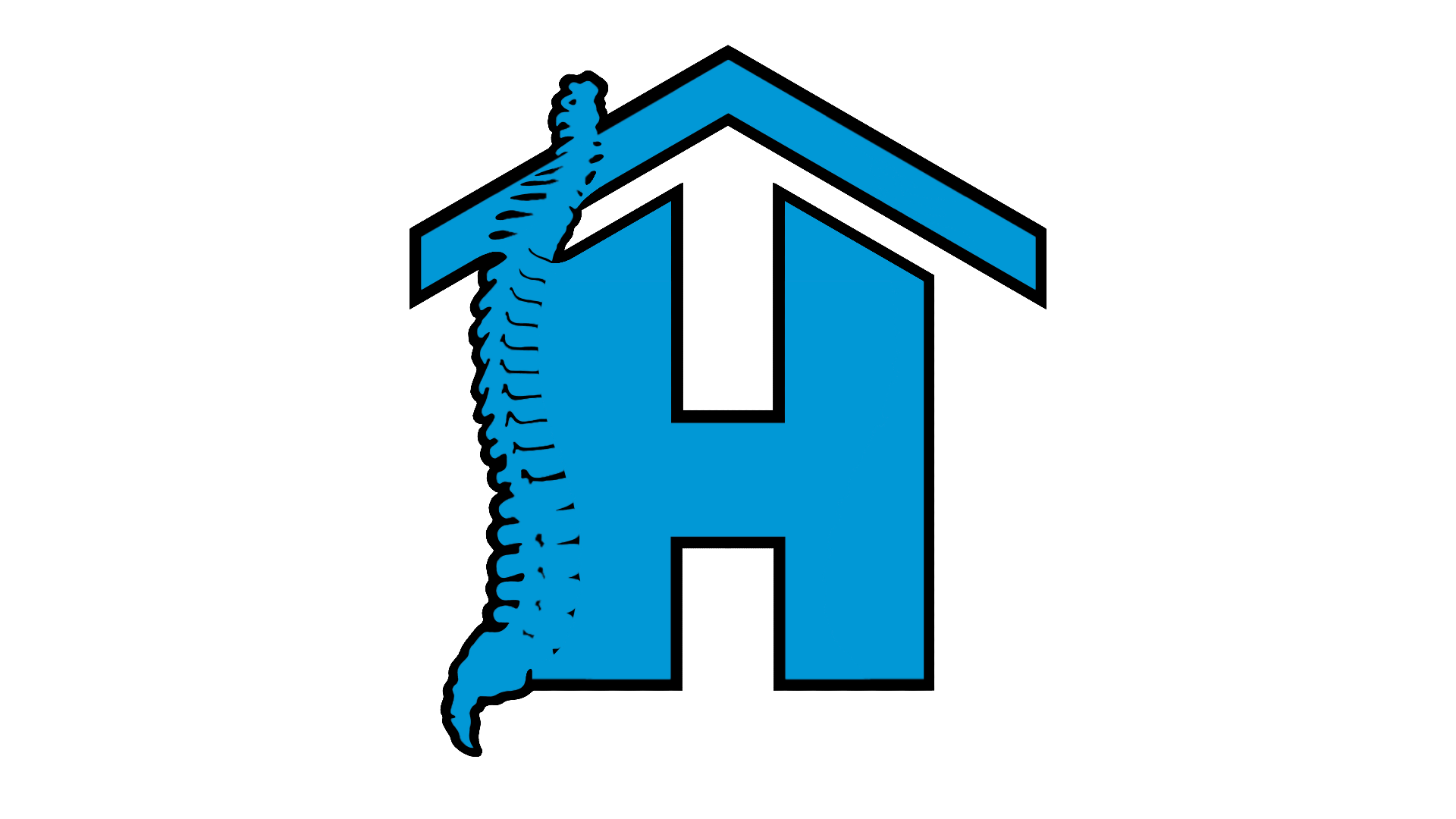FLEXION DISTRACTION TECHNIQUE
Looking for relief from back pain? Experience our Flexion Distraction Technique. As Tulsa's Best Flexion Distraction Technique Chiropractor, we're proud to offer this proven method right at your doorstep. Dive into unparalleled spinal health and mobility with our gentle, non-thrusting approach."
TESTIMONIAL'S




Have you heard of the flexion-distraction technique? Known to some as the Cox Technic or Cox Flexion-Distraction, this is a prized chiropractic technique addressing spine-related conditions, particularly those concerning the intervertebral discs. As Tulsa’s Best Flexion Distraction Technique Chiropractor, we’re experts in this method developed by Dr. James Cox. This non-invasive approach ensures gentle, rhythmic spinal movements, executed with precision.
During your session, you’ll be comfortably positioned face-down on a tailor-made treatment table. Our skilled team will apply subtle manual pressure to specific spinal areas, inducing a soothing stretching and flexing motion. What’s the goal? To decompress your spinal discs, minimize nerve pressure, and enhance joint mobility. It’s a gentle journey to spinal health, suitable for a spectrum of conditions.
- Disc Decompression: The gentle stretching motion can create a negative pressure within the spinal discs, helping to promote the inward movement of herniated or bulging disc material. This decompression may alleviate pressure on surrounding nerves and reduce pain caused by disc-related conditions.
- Pain Relief: Flexion-distraction can help reduce back pain, neck pain, and pain radiating to the arms or legs, often associated with conditions like disc herniation, spinal stenosis, and degenerative disc disease.
- Improved Spinal Mobility: The rhythmic movements during the technique can help improve joint mobility and flexibility, promoting better range of motion in the spine.
- Non-Invasive Approach: Flexion-distraction is a non-surgical and non-invasive technique, making it a safer alternative to more aggressive interventions for certain spinal conditions.
- Relaxed Muscles: The gentle stretching and flexing movements can help relax the muscles surrounding the spine, reducing tension and muscle spasms.
- Nerve Function Improvement: By reducing pressure on compressed nerves, the technique may improve nerve function and reduce symptoms like tingling, numbness, or weakness.
- Suitable for Various Conditions: The flexion-distraction technique can be used to treat various spine-related conditions, including disc herniation, sciatica, spinal stenosis, and spondylolisthesis.
- Support for Rehabilitation: Flexion-distraction can be beneficial during the rehabilitation process after spinal injuries or surgeries, helping to promote healing and functional recovery.
